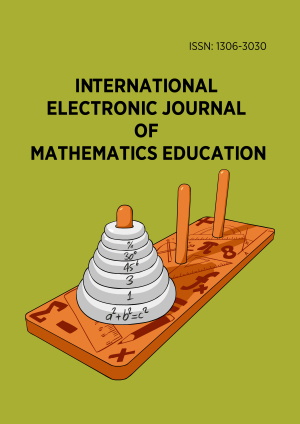Abstract
This study focuses on the analysis of certain performance predictors for calculus I. We collected data from 717 students from 2013 through 2018 at a southeastern university in the United States to explore any correlation between course times (particularly very early versus the rest) and student performance in this specific course, along with a handful of other variables. This represented all calculus I students over this time period. A two-proportion test confirmed that time was a significant variable in performance. We then used regression to determine similar impacts of gender, major, instructor, and term on student performance. Initial findings portrayed statistical differences between terms and course times; other findings included the significance of major and instructor in different contexts. Interaction effects were used with time to complete our analysis of its impact, and controls were later used accordingly. We also display appropriate models for comparing categories. We conclude with some basic assertions and argue some departmental recommendations on how to use these findings in undergraduate mathematics education.
License
This is an open access article distributed under the Creative Commons Attribution License which permits unrestricted use, distribution, and reproduction in any medium, provided the original work is properly cited.
Article Type: Research Article
INT ELECT J MATH ED, Volume 17, Issue 4, November 2022, Article No: em0700
https://doi.org/10.29333/iejme/12234
Publication date: 16 Jul 2022
Article Views: 4892
Article Downloads: 1941
Open Access References How to cite this article
 Full Text (PDF)
Full Text (PDF)